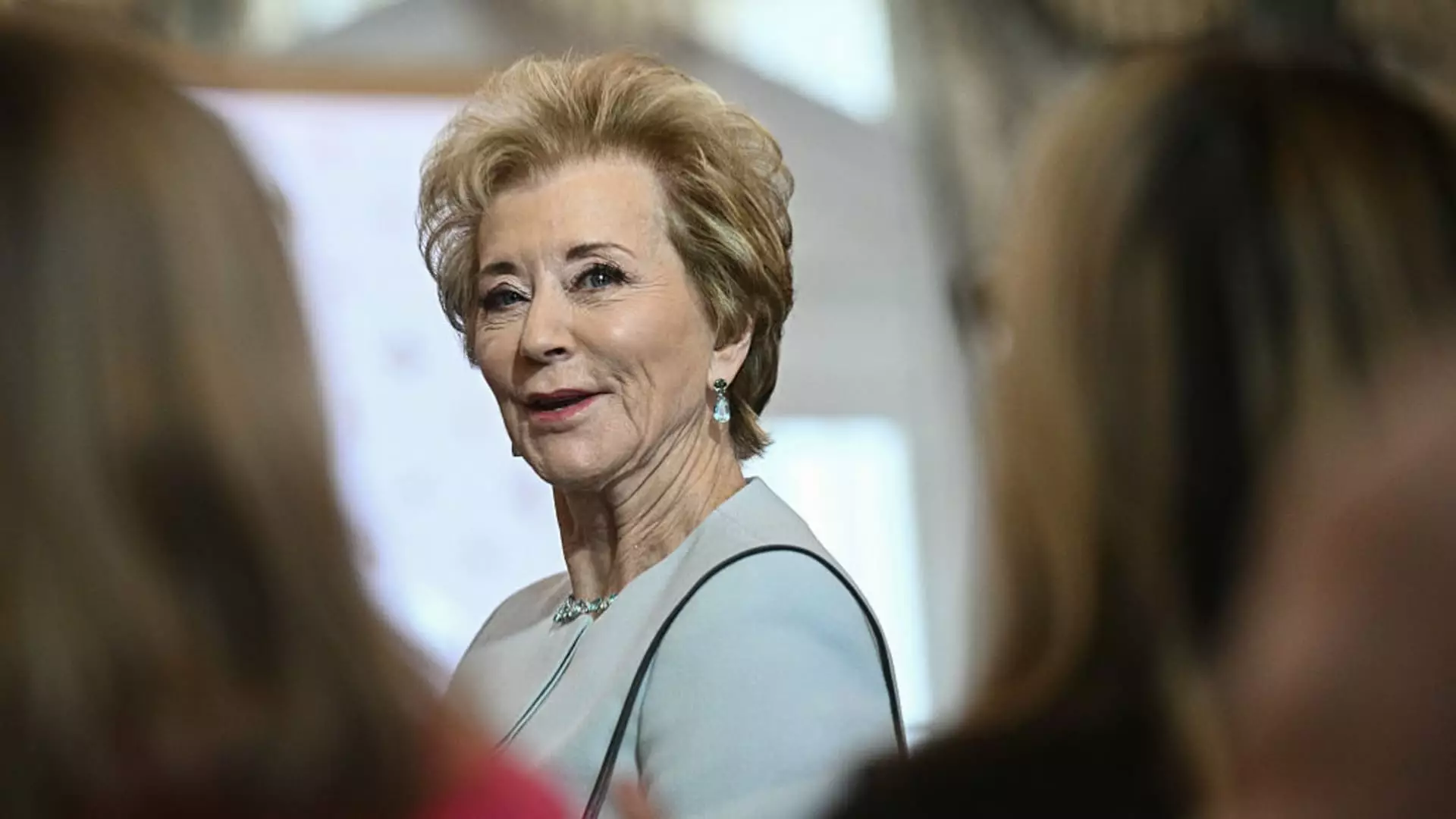In a world where the noble profession of teaching has frequently been romanticized, the stark reality of educators struggling under the weight of financial burdens continues to shatter this illusion. Take, for instance, Jason Collier, a devoted special education teacher from Virginia. His reality is a sobering testament to the economic hardships experienced by many in his profession. While juggling the demands of raising two children and managing considerable medical expenses related to a cancer diagnosis, Collier illustrates a troubling situation: the tightrope act of making one’s salary stretch to cover essential expenses, such as filling a gas tank, often waiting until payday, which often seems like a distant dream. This chronic financial insecurity is further deepened by the looming threat of wage garnishment for defaulting on student loans, an impending reality that could plunge him into deeper financial distress.
Collier’s story echoes a devastating truth about the American education system: teachers, who are responsible for instilling knowledge and shaping future generations, often live paycheck to paycheck. The systemic inequalities within the educational funding mechanism place a heavy burden on educators, compelling them to make severe sacrifices, often leaving their well-being hanging in the balance. It is an indictment of a society that undervalues its most sacred asset—education.
The Return to Aggressive Debt Collection
The sudden reanimation of aggressive student loan collections by the Trump administration starkly contrasts with the Biden administration’s more compassionate and understanding approach. After a five-year hiatus in collection activity, more than 5 million borrowers now face the grim specter of having up to 15% of their income garnished. This shift represents not just a policy change but also a brutal rationale to re-establish strict repayment protocols amidst an enduring economic crisis exacerbated by the COVID-19 pandemic. It is staggering how a significant number of Americans, particularly educators and retirees like Marceline Paul, find themselves caught in this unforgiving whirlwind of financial desolation.
The administrative rhetoric around personal responsibility echoes through the corridors of power, yet it often disregards the grim realities faced by individuals within the student loan system. Many borrowers are not “dodging” payments but are genuinely unable to keep up with an ever-increasing cost of living coupled with paltry wages and unpredictable expenses—a combination that has become the new normal for too many Americans. The glorification of self-sufficiency in debt repayment generally neglects the reality that countless individuals inherited burdens created not by their own choices, but by society’s failure to provide adequate support and pathways to financial stability.
The Inequities in the System
Marceline Paul’s situation reveals the vulnerable position of older borrowers, some of whom are living solely on Social Security income, with no safety net to fall back on during financial emergencies. The very premise that a percentage of her limited income can be seized for debts incurred previously reflects a system that seems more intent on punishment than rehabilitation. It is agonizing to consider that for many, including retirees who invested decades into their careers, the garnishment of Social Security—a benefit they diligently paid into—can erode not only their financial standing but also their dignity.
Moreover, the Administration’s decisions seem to prioritise a one-size-fits-all narrative about financial responsibility while disregarding the systemic barriers that individuals face. All too often, we hear dismissals of the plight of borrowers as mere shortcomings of personal responsibility. Yet, the reality is far more complex. Anecdotes of individuals, such as Kia Brown, trying to navigate a sprawling and confusing repayment process underscore a key problem: the lack of consistent, accessible information about options for repayment. The confusion and frustration of borrowers, when faced with an ever-changing landscape of servicers, policies, and repayment plans, present a sobering picture of a wildly inefficient system.
A Society That Needs Change
As we watch the drama unfold around student loans and the punitive measures inflicted upon vulnerable populations, the question that arises is: at what cost do we continue to uphold these systems? The moral implications of allowing these circumstances to persist are staggering. For students, for teachers, and ultimately, for a society that prides itself on equity and progress, the time for change is now. There exists a pressing need for a comprehensive, compassionate evaluation of our student debt policies that recognizes the nuanced realities of borrowers and, above all, seeks to forge paths to financial recovery rather than penance.
Our education system should empower its labor force rather than shackling it to the chains of debt. When systemic failures and economic pressures coalesce, creating such dire situations for honest, hardworking Americans, it is our duty as a society to resist complacency and seek a more just path forward. The struggle against oppressive financial burdens is ongoing, and it is high time that the power structures and policies underpinning this inequality be reexamined for the sake of our collective future.

